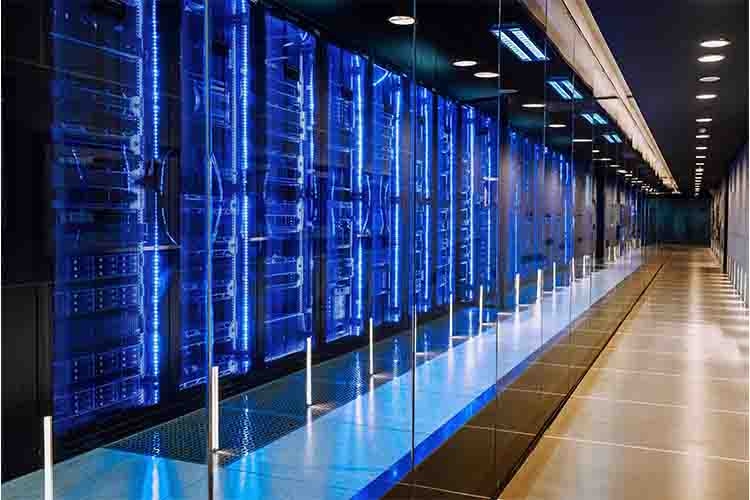
IT support technicians are the backbone of maintaining smooth technological operations, and having the right tools is crucial for diagnosing and resolving issues efficiently. From troubleshooting hardware failures to securing networks and recovering data, the following ten essential tools—covering remote access, diagnostics, network analysis, and more—equip technicians to handle common IT challenges effectively. This article explores these must-have tools, their functionalities, and why they are indispensable for IT professionals.

1. Remote Desktop Software (e.g., TeamViewer)
Remote desktop tools like TeamViewer or AnyDesk allow technicians to access and control a user’s computer from anywhere. These tools are vital for resolving software issues, providing real-time support, or configuring systems without physical presence.
Why Essential: They save time and travel costs, enabling quick responses to user issues across global teams or remote locations.
2. Diagnostic Tools (e.g., MemTest86)
Diagnostic software like MemTest86 (for RAM testing) or CrystalDiskInfo (for hard drive health) helps identify hardware issues. These tools run tests to pinpoint problems like faulty memory or failing drives.
Why Essential: Accurate diagnostics prevent misdiagnosis, ensuring the root cause of hardware-related issues is addressed efficiently.
3. Network Analysis Tools (e.g., Wireshark)
Wireshark and similar tools analyze network traffic to troubleshoot connectivity issues, detect bottlenecks, or identify suspicious activity. They provide detailed packet-level insights into network performance.
Why Essential: Network issues are common, and these tools help technicians resolve Wi-Fi, latency, or security problems quickly.

4. Antivirus and Anti-Malware Software (e.g., Malwarebytes)
Malwarebytes and other security tools scan for and remove malware, viruses, and ransomware. They also offer real-time protection and system cleanup features.
Why Essential: With cyberthreats on the rise, these tools are critical for securing systems and preventing data breaches or system slowdowns.
5. System Monitoring Tools (e.g., Nagios)
Nagios or Zabbix monitor system performance, server health, and network uptime. These tools alert technicians to potential issues like high CPU usage or server downtime before they escalate.
Why Essential: Proactive monitoring minimizes downtime by addressing issues before they impact users.
6. Backup and Recovery Tools (e.g., Acronis True Image)
Tools like Acronis True Image or EaseUS Todo Backup facilitate data backups and recovery. They create system images or file backups and support restoration after data loss.
Why Essential: Data loss from hardware failures or cyberattacks is a top IT issue, and these tools ensure quick recovery with minimal disruption.
7. Password Management Tools (e.g., LastPass)
LastPass or 1Password help manage and reset user credentials securely. They also assist in generating strong passwords and storing them for IT team access.
Why Essential: Password-related issues are frequent, and these tools streamline account recovery while enhancing security.

8. Disk Management Tools (e.g., CCleaner)
CCleaner and similar tools optimize system performance by removing temporary files, clearing caches, and managing startup programs. They also assist in disk cleanup and defragmentation.
Why Essential: Slow systems are a common complaint, and these tools improve performance by freeing up resources.
9. Ticketing Systems (e.g., Zendesk)
Zendesk or ServiceNow manage IT support requests, track issue progress, and prioritize tasks. These platforms ensure organized communication between technicians and users.
Why Essential: Efficient ticket management improves response times and ensures no issue is overlooked in busy IT environments.
10. Command-Line Tools (e.g., PowerShell)
PowerShell (Windows) or Terminal (Linux/macOS) allows technicians to automate tasks, manage systems, and troubleshoot issues via scripts. Commands like ping or tracert help diagnose network problems.
Why Essential: Command-line tools offer powerful, flexible solutions for advanced troubleshooting and system administration.
Conclusion
Equipped with these ten essential tools—TeamViewer, MemTest86, Wireshark, Malwarebytes, Nagios, Acronis, LastPass, CCleaner, Zendesk, and PowerShell—IT technicians can tackle a wide range of issues, from connectivity problems to data recovery. Staying proficient with these tools enhances efficiency, reduces downtime, and ensures robust IT support in any environment.






Leave a Reply